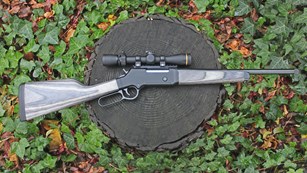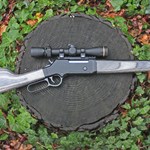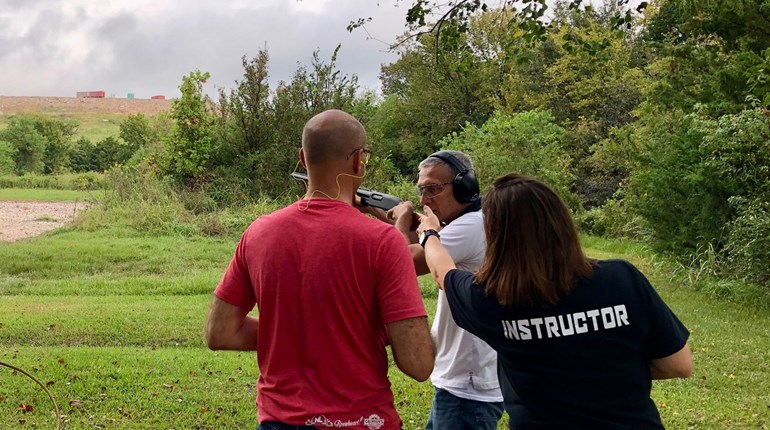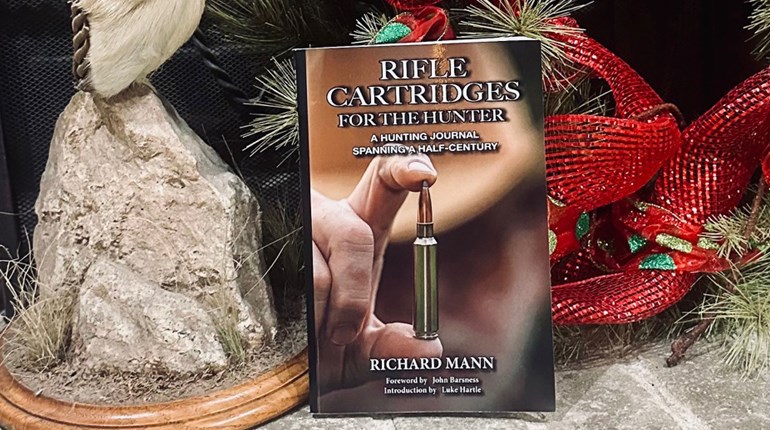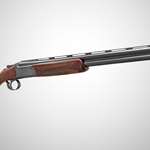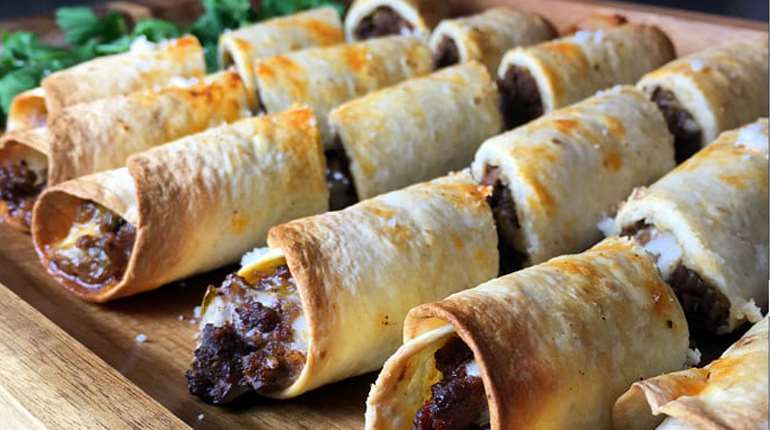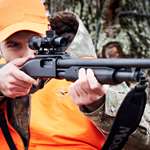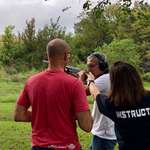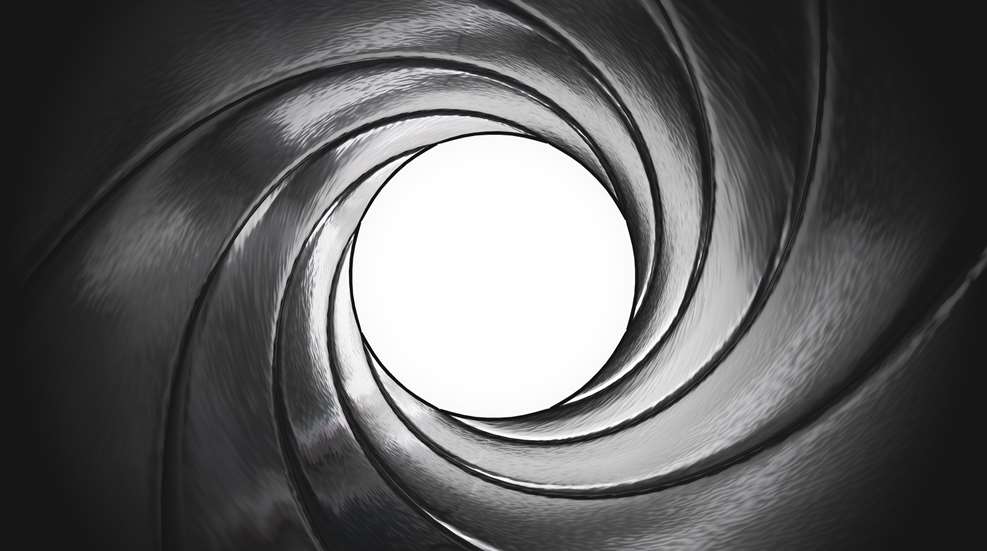
Rifling in firearm barrels was a major breakthrough in the history of guns. Before rifling was standard in the production of firearms, the gun was a secondary weapon used in militaries and individual self-defense, taking a back seat to bows and arrows, crossbows, swords and spears. The act of cutting spiraled grooves in the barrels of firearms made the gun a lethal tool for armies, law enforcement and the individual.
Experts are divided on who gets the credit for inventing rifling. This shared honor is bestowed upon Augustus Kotter and Gaspard Kollner. Augustus Kotter is credited by some for developing the first application of rifling in 1520. Kotter placed a spiraled grooved tube on crossbows in which the bolts (crossbow arrows) were slid into before releasing. Others credit Kollner, a 15th century gunmaker in Vienna for first cutting spiraled grooves in the barrel of firearms.

Rifling is the spiraled grooves that are cut into the barrel of a firearm. The spiraling is made up of lands and grooves. The lands are the raised part of the rifling or the part of the barrel that is left when the rifling is cut. Lands are located between the grooves. The grooves are the recessed channels made by the removal of steel or other barrel material. Barrels that do not have rifling are called “smooth bores” and are usually associated with shotguns.
Rifling is cut into barrels to improve the performance of projectiles that are fired through them by putting a “spin” on them. The most common comparison between smooth bores and rifled barrels is the throwing of a football. A football that is thrown and goes through the air in a spiral motion is more accurate and travels further. A football that wobbles or flies end-over-end does not travel far and is not very accurate.
A barrel is rifled by machining helical grooves in the inside of the barrel to exert torque to put a spin on a projectile to stabilize it. This improves the performance of the projectile’s accuracy, distance, and terminal performance. There are four types of rifling process—button rifling, single point cut rifling, broach rifling, and hammer forging.
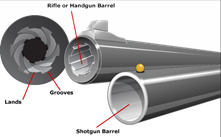
The tightness of the spiral grooves is referred to as twist rate. The twist rate is the distance that a projectile must travel down the barrel before it makes one complete rotation. The twist rate is indicated by 1:(X). X being a value that denotes how many inches a projectile must travel down the barrel to complete one rotation. The most common twist rates are 1:7, 1:8, and 1:9 in rifles, revolvers, and pistols. A twist rate of 1:8 is the most versatile and the twist rate of 1:9 is usually preferred. Specialty and competition barrels often have different twist rates.
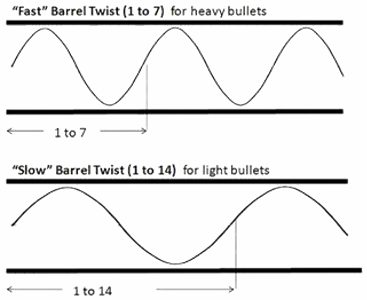
To put it simply, the lower the second number, the faster the projectile spins when it leaves the end of the barrel. A twist rate should be properly matched to the caliber and common bullet weight. If a projectile is fired through a barrel with too slow a twist rate, then the projectile will “yaw.” When a bullet yaws, it wobbles and tumbles. With that in mind, faster is not always better. When you start thinking about getting a barrel with a more aggressive twist rate, make sure you use the correct ammunition. Using the wrong ammunition in a very aggressive twist rate could cause the projectile to fragment when it leaves the barrel or while in flight.
When rifling produces the lands and grooves inside the barrel, there is a benefit to law enforcement. The various cutting tools, swagging, and electrolysis process leave tool marks on the lands and grooves that make each barrel unique. Two barrels can come off the machine line, one right after the other, and they will each have their unique set of tool marks. In essence, the barrel of each rifled firearm is as unique as fingerprints are to humans.
The unique marks that the rifling in a firearm’s barrel leaves on a bullet can be the evidence law enforcement uses to match a suspect to a crime. It is also these unique marks that allow law enforcement to match firearms to crime scenes that occurred even decades earlier. Because of tool marks left on bullets, many cold cases are solved.
Matching bullets to a firearm are done by a forensic firearms and tool mark examiner. If a projectile is recovered from a crime scene and law enforcement has a suspect’s firearm, the forensic firearms and tool marks examiner needs a control bullet for comparison. To accomplish this, a scientist fires a round through the suspect’s gun into a block of ballistic gel. This is considered the control bullet, which contains the unique tool marks from that firearm. The control bullet and the one from the crime scene are then placed under a comparison microscope. The results from the comparison either match an individual to a crime scene or exonerate him or her.
Rifling is more than grooves in a barrel. Rifling makes it possible for bullets to reach their intended target by putting the right amount of spin on a projectile. Rifling also makes every rifle and pistol a unique precision tool. Without rifling, concealing weapons for self-defense would be much more difficult because swords and spears are a little bit longer than today’s subcompact pistols!








